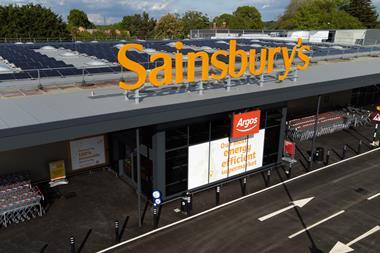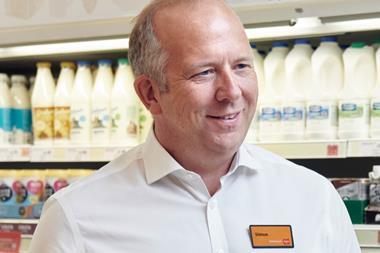
The start of a new year is a time to reflect on what’s changed in the past 12 months. But this January, food and drink businesses would be forgiven for feeling a sense of déjà vu.
Many of the challenges facing the industry at the start of 2022 are still with us. Commodity price inflation and product shortages have intensified, and are now joined by elevated energy prices, rising interest rates and falling consumer confidence.
Against this backdrop, food and drink businesses still have a number of financial levers to pull. How they use them, and to what end, will depend on their own objectives, but there are factors unique to the current climate to consider when planning for 2023.
Focus on fundamentals
Equity financing has always been an effective route to growth for the industry, but we are now experiencing a slowdown in private markets.
In the UK, the private equity investment ‘boom’ of recent years has run out of steam. While valuations are still high, rising interest rates and the increased cost of setting up deals are set to make investors even more selective in the year ahead.
Food and drink has an even steeper hill to climb. For many businesses, the steady revenue investors are looking for is tied to discretionary spending. Cash-strapped consumers are in some cases moving away from premium products and deprioritising factors that have informed their spending decisions in more recent years, such as provenance.
It means fundamentals – such as pricing, supply power, and ability to scale – are going to be more important than ever for businesses courting investment. Firms should be focusing on their core offerings, what makes them unique and, if necessary, reformulating their products at the right price points.
It’s an approach we’re seeing at the top end of the market. Global brands like Kellogg’s and Olam International are spinning off non-core parts of their businesses to focus on what they are best known for – a trend that could gain momentum in 2023.
Specialised funding
While weaker consumer spending is coming up in most of my conversations with clients, availability is still the issue dominating discussions. Here, specialised funding that strengthens supply chains and working capital will have the greatest impact.
In 2022, more firms moved from a ‘just in time’ to a ‘just in case’ model to offset product shortages. Stock financing can alleviate the working capital pressure that holding more products caused, and we’re expecting more firms to use it in 2023.
More corporates are also using supplier finance to support their partners’ working capital and, ultimately, improve availability. Last year we supported Coca-Cola Europacific Partners (CCEP) to launch a sustainability-linked supplier finance programme to give its suppliers access to efficient funding.
I believe this collaboration is indicative of one of the biggest funding trends we’re going to see in 2023. More food and drink businesses are going to work with lenders on tailored financial solutions that help them address specific objectives.
The industry must continue to innovate in 2023. But delivering more sustainable production methods and pursuing greater digitisation, for example, requires significant investment. Bespoke solutions that combine co-investment and alternative funding facilities can deliver this capital when more traditional sources are harder to access.
This challenge exists across the industry. Businesses of every size must balance their long-term objectives with short-term financial pressures this year. However, while the months ahead will be hard, firms that can weather the storm could find themselves in a better position once conditions improve.















No comments yet